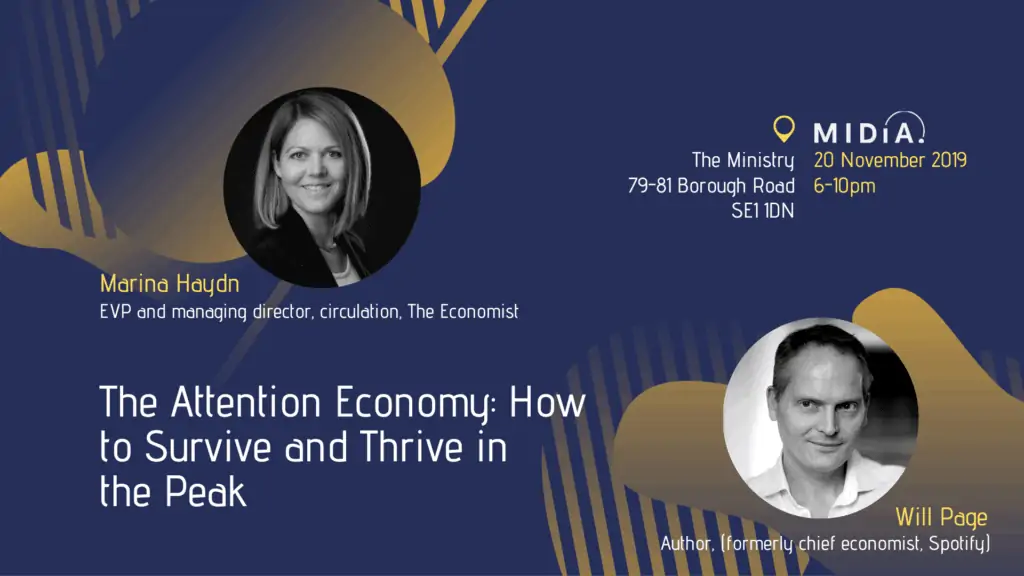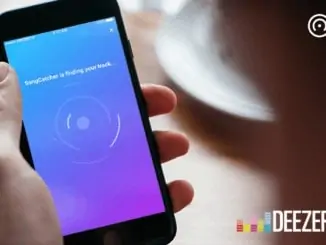
Consumers spend 4.5 hours per day on digital entertainment with a total of 30.73 hours in a full week according to media and technology analysts, MIDiA Research. Their research published in a recent blog posting allocated eight hours of work and seven hours of sleep leaving consumers about 4.5 hours per day left to do things like eat, commute, socialise, run errands, and conduct general life admin. Watching TV/streaming was found to be the most prevalent activity among consumers, followed by ‘doing nothing’ and then ‘listening to music’.
Consumers are becoming choosier when it comes to spending time and money on entertainment and getting engagement is becoming more closely tied to revenue as the world moves further towards subscription business models, which in turn is making traditional entertainment audiences harder to reach as consumers spend more time behind paywalls.
MIDiA has been tracking developments in this ‘attention economy’ across music, video, games, sports, podcasts, digital news and brands since 2018. Their analysts will be sharing insights about this at the Peak Attention seminar & networking event on November 20th.
Key topics at the event include
- Share of time spent across video, music, games and other entertainment propositions
- Why video is the dominant format in the attention economy
- The total size of the audience that can be effectively targeted by conventional digital advertising is shrinking, in both size and value
- Targeting high-spending consumers
- Competition is no longer isolated within individual entertainment verticals
- The number of hours consumers spend on ‘doing nothing/chilling’ and why this trend will intensify
- Content creators and publishers will see margins squeezed in the long term
- Opportunities behind the paywall
- The valuable $10+ consumer segment
You will receive a free copy of the Peak Attention report at the event when you sign up here.




